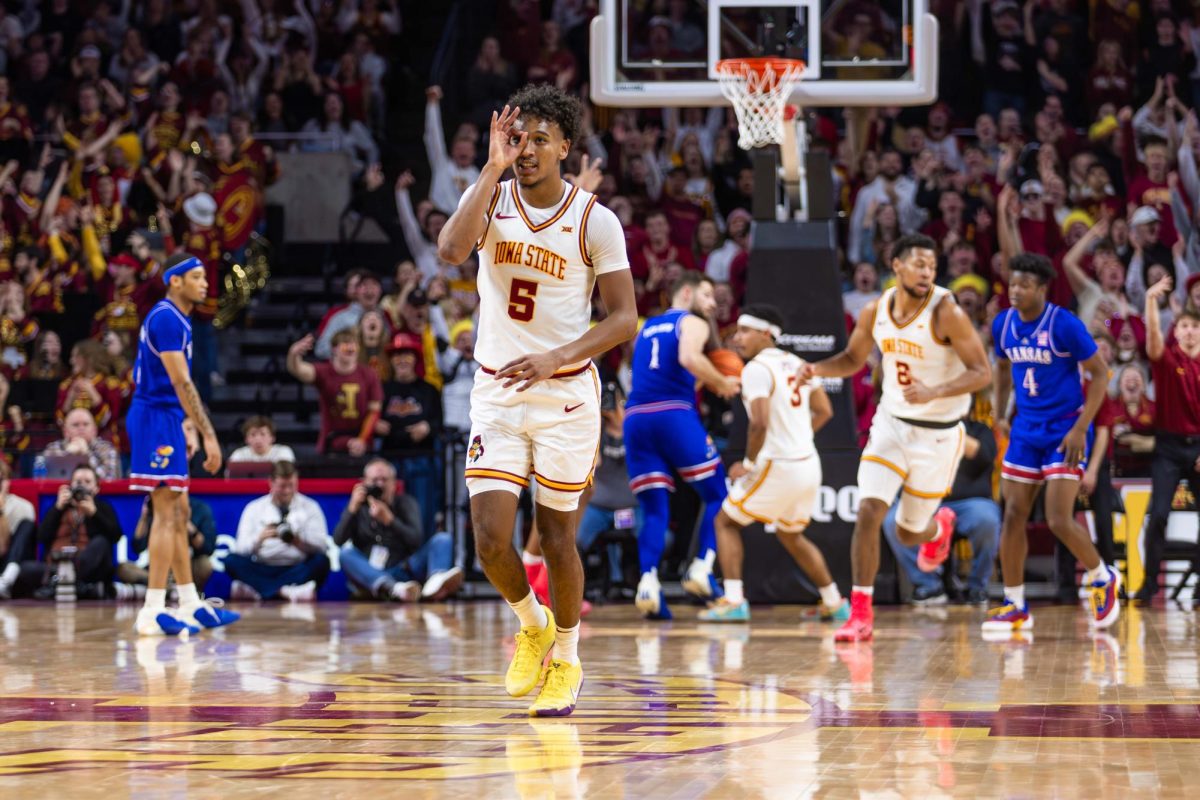Artist to display scenic photographs captured with unique procedures
July 6, 2005
What: Jon Stuckenschneider’s “Remnants”
Where: Gallery Room, Memorial Union
When: Friday through Aug. 29
Cost: Free
Artist Jon Stuckenschneider captures the scenery and objects in photographs most people tend to pass by.
“I’ll drive down random roads to find that tree in the cornfield,” he says.
Stuckenschneider tries to take a different approach to photography. He says one of his favorite techniques is to use double exposures, which is to take more than one picture using the same strip of film.
He experiments with double exposures using a camera from the 1960s, made out of plastic, which he found, because he says it is interesting to see what comes out.
“I will take a picture of a tree, then not move the film, and take another picture of the same tree and it will turn out to look like a forest,” Stuckenschneider says.
Stuckenschneider says he tries to create a blur between fantasy and reality with this process.
He also uses rice paper with his photographs by laying a sheet of the paper over the photo as it is developing to create a blurred effect.
“It will make parts of the photo look in focus where it’s touching and out of focus where it’s not,” he says.
While growing up, Stuckenschneider says he was always fascinated with photography.
He would carry around a camera wherever he would go, and although he was not yet working with developing film, he still enjoyed taking pictures.
As Stuckenschneider got older, he began to develop his pictures as well.
“I got a huge thrill from developing,” he says.
Stuckenschneider says he has always had a love for photography.
He studied at Northern Arizona University and graduated from Mount Mercy College in Cedar Rapids with a degree in fine arts.
The locations he has photographed include Chicago, Seattle and Colorado.
The majority of photographs in his exhibit are more local, in places like Rock Island, Ill. and Cedar Rapids.
The majority of his photographs are untitled or only have one or two word titles so the onlooker can create his or her own feel for the work.
Stuckenschneider says he does this because he wants people to interpret their own thoughts when viewing his artwork.
“I hope that somebody will feel something for what they saw,” Stuckenschneider says.






